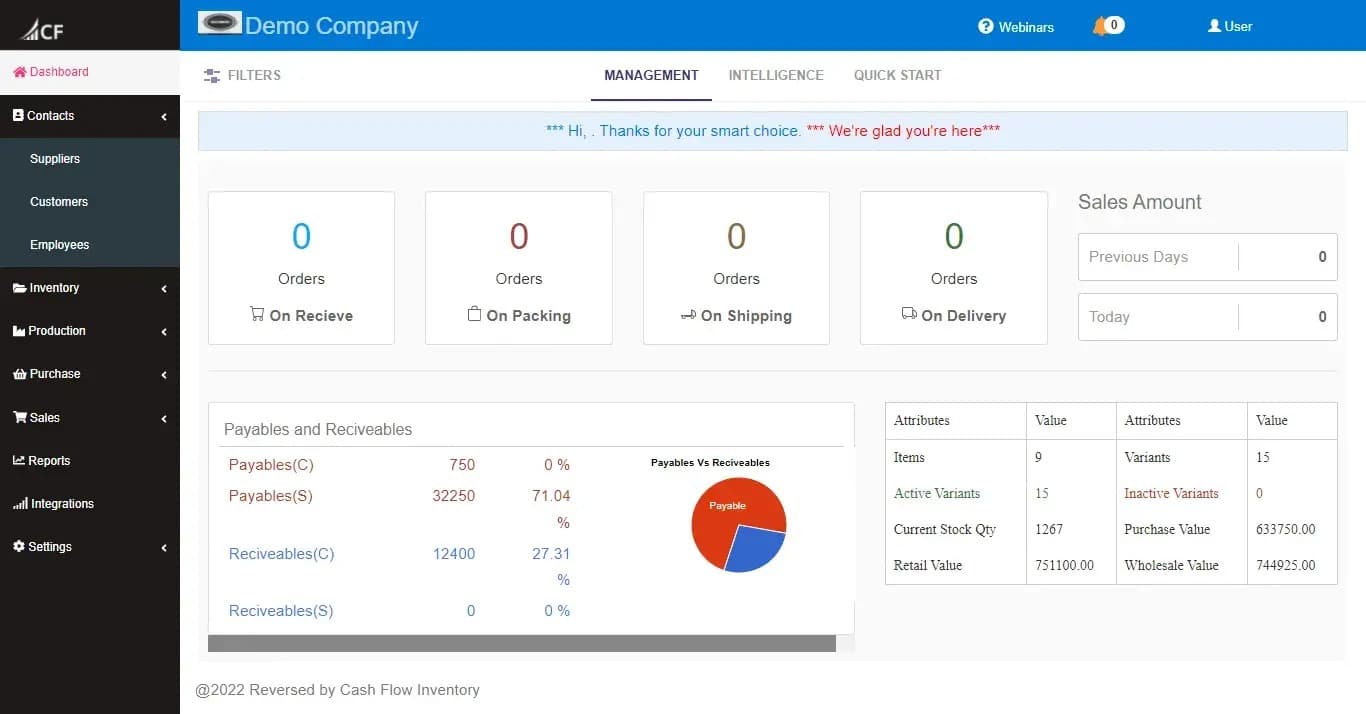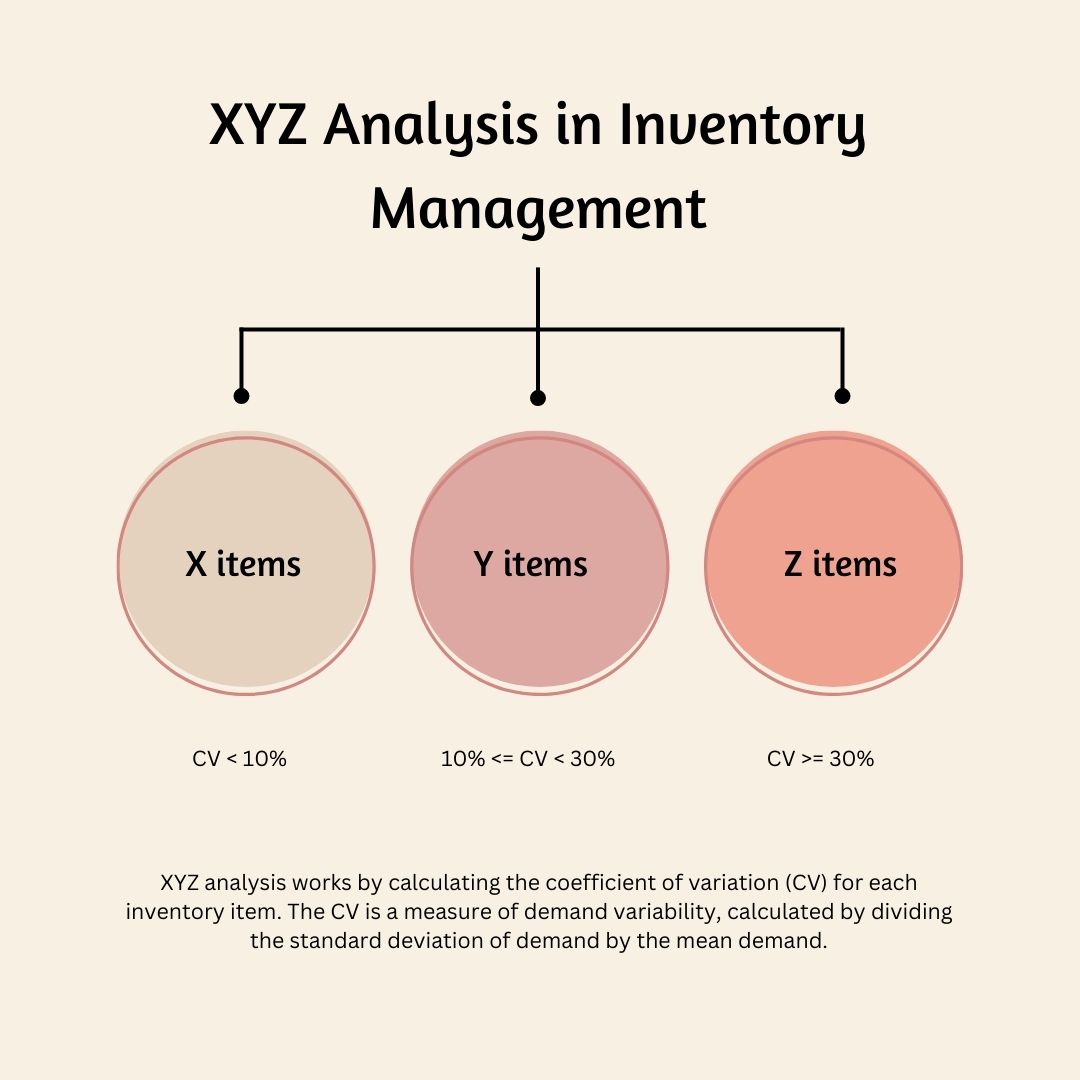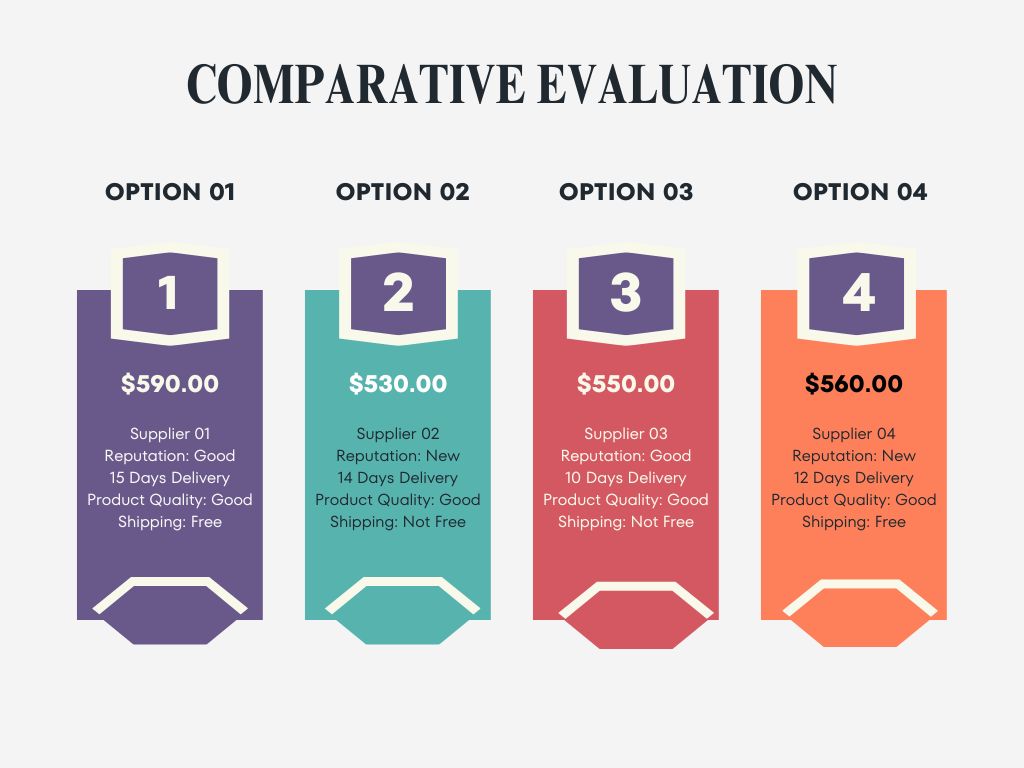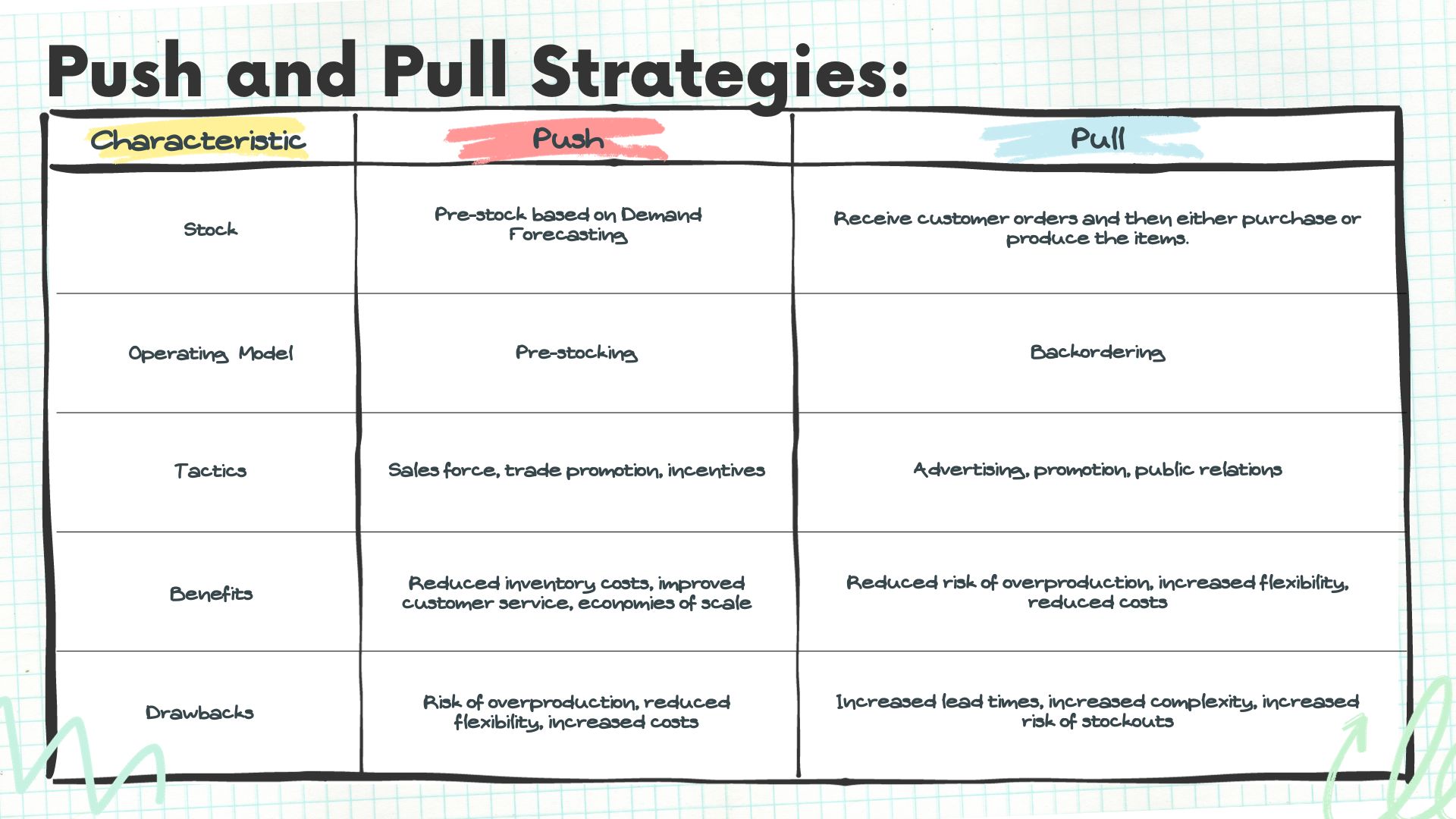
Barcode Tagging: A Comprehensive Guide
Barcode tagging is the process of attaching a barcode label to a product or asset. Barcode labels are machine-readable symbols that encode data about the product or asset, such as its product code, serial number, or location. Barcode tags can be used to track and manage products and assets throughout their lifecycle, from manufacturing to […]
Read More
Just-in-Time Delivery: Benefits, Drawbacks, and Best Practices
Just-in-time (JIT) delivery is a supply chain management strategy in which goods are delivered to customers or production facilities only when they are needed. This eliminates the need to hold large inventories, which can save businesses money and improve efficiency. JIT delivery is based on the principle of demand-pull, which means that goods are produced […]
Read More
The Types of Inventory Loss and How to Minimize Your Risk
Inventory loss is the reduction in the quantity of inventory that a business holds due to unforeseen or unexpected circumstances. It can be caused by a variety of factors, including theft, spoilage, damage, and administrative errors. Inventory loss can have a significant impact on a business’s bottom line. It can reduce profits, increase costs, and […]
Read More
How to Forecast Demand for New Products
Forecasting demand for a new product, especially when you have limited or no historical data, can be challenging. However, there are a number of methods that you can use to get a good estimate of demand. One approach is to use qualitative methods. These methods rely on the judgment and expertise of people who have […]
Read More
Safety Stock Inventory Control Systems: A Simple Solution
Inventory control is an essential aspect of business operations that involves managing the levels of stock or inventory held by a company. It encompasses various activities such as tracking stock levels, ordering new items, and ensuring that the right amount of inventory is available to meet customer demand. Challenges of Inventory Management: Despite its importance, […]
Read More
Inventory Management for Pharmacies: Things You Need to Know
Inventory management is the process of tracking and optimizing the flow of goods through a supply chain. It includes the procurement, storage, and distribution of raw materials, work-in-progress, and finished goods. The goal of inventory management is to have the right amount of inventory in the right place at the right time to meet customer […]
Read More
XYZ Analysis in Inventory Management
XYZ analysis is a method of inventory classification that groups items based on their demand variability. It is often used in conjunction with ABC analysis, which groups items based on their value. XYZ analysis can help businesses to optimize their inventory management by identifying items that require different levels of attention. How does XYZ analysis […]
Read More
Comparative Evaluation Process Before Purchasing
Comparative evaluation is the process of comparing different products or services to determine which one is the best fit for your needs and budget. It involves gathering information about the different products or services, identifying your own needs and priorities, and then comparing the products or services based on your criteria. Comparative evaluation can be […]
Read More
Pull and Push Strategy in Supply Chain Management
In supply chain management, a push strategy and a pull strategy are two different approaches to managing the flow of goods and materials. A push strategy focuses on predicting demand and producing products in advance to meet that demand. A pull strategy focuses on responding to actual customer demand by producing goods only when they […]
Read More
What Is Inventory? Definition, Types, and Examples
Inventory refers to all the items, goods, merchandise, and materials held by a business for sale in the market to earn a profit. It is a crucial component of business operations, as it ensures that a company has the necessary resources to meet customer demand and fulfill orders promptly. The Three Pillars of Inventory Inventory […]
Read More